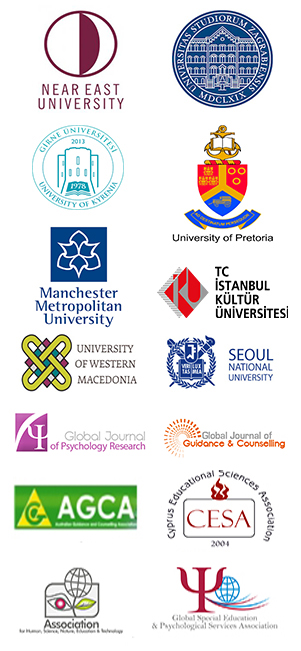Best Paper & Poster Awards
BEST PAPER AWARDS
The conference (congress) will offer the Best Paper Awards to the three best paper (First, Second and Third).
A “Certificate of Appreciation” will be given to 4th – 10th runner up papers. Self-nominations will be accepted from the participant papers of the conference.
Please note that;
- The jury will only consider the nominated papers for the Best Paper Awards selection.
- The deadline of the application is 30 days before the conference date.
- Make sure that your Manuscript consists of minimum 4000 and maximum 6000 number of words.
- The jury will evaluate the nominated papers according to; uniqueness, title, abstract, key words and also in terms of the following elements:
Title: Be specific: Use words that accurately describe the content of the article, such as the author’s name, the topic, or the main argument. Use a hook: Try to include a hook that will grab the reader’s attention and make them want to read more. … Be concise: Keep your title short and to the point.
Abstract: The usual sections defined in a structured abstract are the Background, Methods, Results, and Conclusions; other headings with similar meanings may be used (eg, Introduction in place of Background or Findings in place of Results). The structured abstract should be written with 200-250 words and recapitulative state the background of the research, purpose, method and materials, major conclusions and its contributions to the field. It should emphasize new or important aspects of the study. Do not use any statistical sign or number and abbreviations.
Keywords: Write the keywords with a minimum of 5 and a maximum of 7. A keyword should contain no more than 2 words.
Introduction: This explains the nature and purpose of the article the theoretical background relevant to the article’s focus, related research with a clear indication of the gap(s)/limitation(s) in existing knowledge / practice that the article will address, and the practical applications or significance of what the article reports.
Methods and Materials: This section names and justifies the research design; describes the participants/sample (e.g., contextualization, demographics, recruitment/selection criteria, and group assignment), the data collection instruments/ data generation techniques (e.g., task[s] / method(s), equipment, instruments, including a discussion of their validity and reliability, if appropriate, or trustworthiness in qualitative studies), the procedures employed in the study such as treatment(s) or the data generation process, and data analysis. Authors must please align the language of this section with their design (i.e., quantitative, and qualitative methods sections will use different research jargon). Authors must comment explicitly on how their work was ethical.
Results /Findings: Results/findings should be clear and concise.
Discussions: The discussion should explore the significance of the results of the work, and not repeat them. Authors need to acknowledge their study’s limitations. With the results of similar articles published in journals within the scope of Scopus and Web of Science indexes in the last five years; It should be done by considering similarities, differences and research gaps. Avoid extensive citations and discussion of published literature in the discussion – instead use the literature to show how the results/findings are significant.
Conclusions: The main conclusions of the study may be presented in a short conclusions section, which may stand alone or form a subsection of the discussion, or results and discussion, section.
Recommendations/Future directions: Recommendations/Future directions may stand alone or form a subsection of the discussion or results and discussion section. These include meaningful suggestions for further research and/or practical applications flowing from the study’s conclusions.
References: References are listed in alphabetical order. Each listed reference is cited in text, and each text citation is listed in the References.
- The applicants for the Best Paper Awards should register for the conference. The nominated papers will not be evaluated in case of not fulfilling the registration requirements.
- The awards will be announced at the opening ceremony of the conference and the author(s) of the nominated papers should be present at the opening ceremony.
Could you please apply by filling in the applicant form given below.
BEST POSTER AWARDS
The conference will offer the Best Poster Award to the three best posters (First, Second and Third). Please read the guidelines below carefully;
- All posters will automatically be considered for the Poster Award.
- The posters will take place in the conference venue.
- 2 reviewers will select the best posters.
- The winners will be formally announced during the closing ceremony.
- The three winners of the Poster Award will receive award certificates.
- The posters will be evaluated in terms of; design and layout, coherence, argumentation + methodology, awareness of previous work, attractiveness, message and main points, balance of text visuals, and overall impression.
Poster Size: The poster size is A0, equals 118 cm height x 84 cm length, or smaller. Please choose upright format and keep in mind that the font sizes should be big enough to allow your poster to be read from some distance. We suggest using a font size of 22 – 24 pt. for texts and 60 – 70 pt. for headings. You are kindly asked to bring your poster fully assembled and printed.
Please note that there is no need to apply for the Best Poster Awards the selection will take place during the conference.





